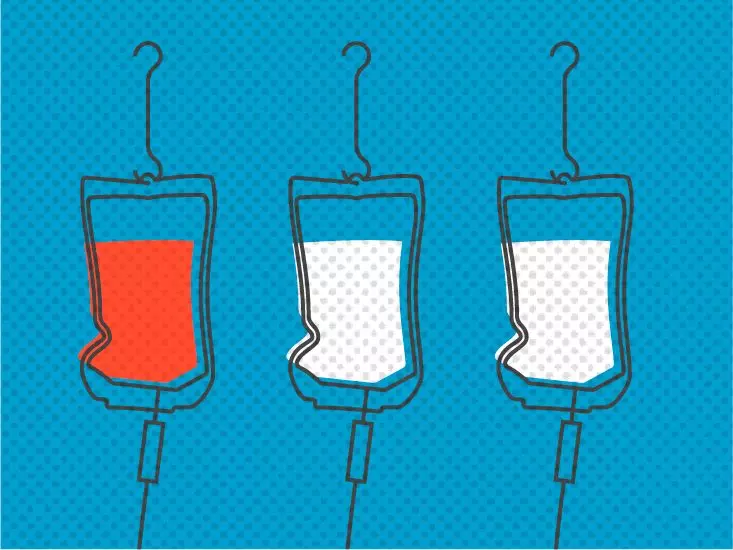Lutathera, a radiopharmaceutical medication, is utilized in the treatment of gastroenteropancreatic neuroendocrine tumors (GEP-NETs). This article delves into essential aspects concerning its dosage, administration protocols, and important factors related to its use. It is imperative for patients and caregivers to have a clear understanding of these elements to ensure effective treatment outcomes.
What is Lutathera and How Does It Work?
Lutathera is an advanced therapeutic agent that combines a radioactive isotope with a targeting molecule. This unique combination facilitates the delivery of targeted radiation directly to tumor cells, effectively minimizing damage to surrounding healthy tissues. The medication is supplied as a liquid solution in single-use vials, with each vial containing a specific concentration of the radioactive substance measured in megabecquerels (MBq) per milliliter. The radioactivity of Lutathera diminishes over time, which is pivotal to ensure the correct dosing.
When it comes to the treatment of GEP-NETs, the typical dosage is around 7.4 GBq, which equals 7,400 MBq. This dosage is usually administered every eight weeks, culminating in a maximum of four doses. However, individual treatment plans may vary based on patient-specific factors, including the presence of side effects or overall health status.
Receiving Lutathera requires a well-coordinated approach within a certified medical facility trained in handling radiopharmaceuticals. A healthcare professional administers the medication through an intravenous (IV) infusion, typically lasting between 30 and 40 minutes. It’s crucial for medical practitioners to measure the radioactivity before administration, ensuring that the precise dose is delivered.
Once the infusion is completed, patients may be required to remain in the facility for a specified period for monitoring. This observation is critical, as it allows healthcare providers to identify and manage any potential side effects promptly. Patients are encouraged to seek clarification on how long they should stay post-treatment.
Although the standard dose of Lutathera is often appropriate, some scenarios may warrant dosage adjustments. Factors such as how well the patient tolerates the treatment could lead healthcare providers to modify the dose. Close communication with the doctor is essential throughout the treatment process. Patients should not hesitate to ask questions or express concerns regarding their treatment regimen to ensure safety and efficacy.
Lutathera is also indicated for certain pediatric patients aged 12 and older, with dosing aligned with that of adults. This highlights the importance of tailoring treatment plans to specific patient populations while considering individual health nuances.
Like any therapeutic approach, the use of Lutathera comes with potential side effects that need careful monitoring. Commonly reported side effects include nausea, fatigue, and changes in blood cell counts. It is essential for doctors to track these effects closely throughout treatment, assessing the patient’s well-being regularly.
Patients should be vigilant and proactively engage with their healthcare team regarding any newly developed symptoms. This partnership ensures that any adverse reactions can be addressed promptly, further individualizing the treatment journey.
Lutathera represents a critical advancement in treating GEP-NETs, offering hopeful outcomes for patients battling these rare tumors. Understanding its dosage, administration methods, and potential side effects allows patients and their families to navigate their treatment journey with informed confidence.
It is essential for patients to remember that the path to recovery is unique for everyone. Active participation in discussions with healthcare providers not only aids in personalizing the treatment plan but also in managing expectations effectively. Through collaborative dialogue and ongoing monitoring, Lutathera can play a significant role in the comprehensive care of individuals diagnosed with GEP-NETs.

